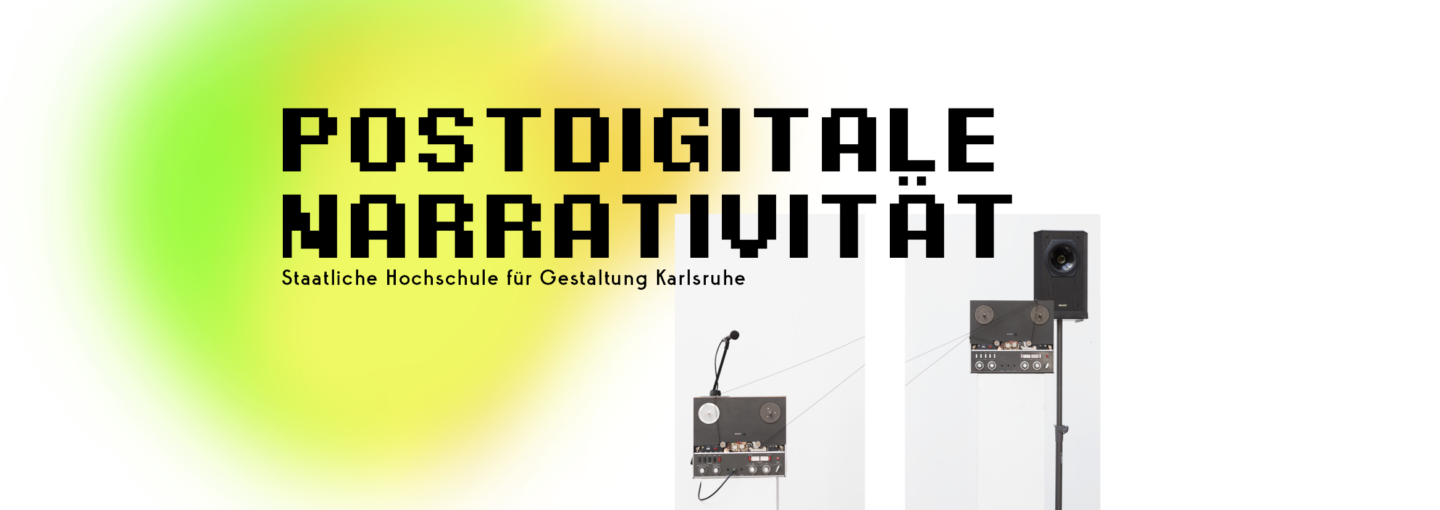The cooperation between the Musashino Art University Tokyo (MAU) and the University for Art and Design Karlsruhe (HfG) took place once again for some inspiring action in public space. The MAU students made the great discovery of Ogu Ginza, an old shopping street, which was then used as location for the collaboration. Starting from a little shop, the group of japanese and german students spreaded over the quarter, finding exceptional spaces for video projections, street art and performances. Under an overpowering culture shock effect HfG Students created artworks reacting to what they’ve experienced in the city of Tokyo. The MAU Students showed recent works and a few spontaneous collaborations with HfG students were developed on-site. In a three-day multimedia festival the traditional shopping street had been transformed into a spectacle, surprising the passersby with unexpected actions and adding some cracks in the usual vision of the street. End of October, just a month later, was the time for the MAU students to come to Karlsruhe and continue the collaboration. Karlsruhe´s old slaughterhouse, which has been turned into a creative center, was chosen as location for the new action. With the support of Circus 3000, a collective artist studio, the public space of the old slaughterhouse got squatted by the artists. Meditative video, immersive sound installations, witty performances and in situ artworks introduced an unworldly universe within the cold and harsh lines of the slaughterhouse complex. While MAU Students brought their artistic realm to Karlsruhe, HfG students showed the recent fruits of their Tokyo experience.
Tag: Max Viktor Herbert
Mit GREEN zur Globale
GREEN
Eine Linie durchzieht den Lichthof. Statisch und doch als Verbindung zwischen Raum und Zeit, da sich die Form durch das Wachstum der Pflanzen in stetiger Veränderung befindet. Diese Prozesshaftigkeit bleibt dem Betrachter jedoch verwehrt. Das langsame Wachstum steht im Kontrast zu der immer schneller wachsenden Informationsbildung sowie -verdichtung des digitalen Zeitalters. Die Virtualität der Videoarbeiten verschleiert die Sichtbarkeit des Wachstums bewusst. Das Wachstum wird bei GREEN durch die Pflanzen stark akzentuiert, das Organische selbst in der Virtualität legitimiert. Doch was bleibt mit der Unübersichtlichkeit der neuen Medien, insbesondere der digitalen Erzeugnisse? Nam June Paik’s „TV Garden“ (1974) ist selbst heute nach über 40 Jahren aktuell. Das Zusammenspiel aus den Pflanzen und der Unübersichtlichkeit der neuen digitalen Medien mit ihren wuchernden Bild- und Informationsmassen, welche die Natürlichkeit der Informationsvermehrung und -distribution legitimieren. Zur Entstehung von TV-Garden wird erstmals auf eine geschaffene Werkzeugkultur aufmerksam gemacht, die sich nach 40 Jahren bestätigen lässt.
GREEN ist ein Projekt der Hochschule für Gestaltung und wurde unter der Leitung von Herrn Prof. M. Bielicky und Herrn Ali Gharib realisiert.
Künstler*innen: Stella Lehmann, Francesca Audretsch, Stella Lehmann, Minh Duc Phang, Christina Scheib, Christina Vinke
Assoziierte Studierende: Lisa Bergmann, Till Bombert, Vanessa Bosch, Benjamin Breitkopf, Jona Dienst,Veronika Dräxler, Lena Teresa Flohrschütz, Max Viktor Herbert, Heidi Herzig, Nele Jäger, Desiree Kabis, Bianca Kennedy, Dohi Kim, Irina Konyukhova, Felix Kraus , Max Lange, Robin Mang, Klara-Sophie Neubauer, Lukas Rehm, Alice Sophie Rensland, Tilmann Rödiger, Ursula Schachenhofer, Simon Schelsky, Natalia Schmid, Karolina Sobel, Aart Steinmann, Bárbara Acevedo Strange, Eva Tatjana Stürmer, Kilian van de Water, Christina Vinke, Alide von Bornhaupt, Iris Weigel, Lena Zwerina
Mit freundlicher Unterstützung von BLUMEN DÜRR und STEINBACH FLORISTIK


